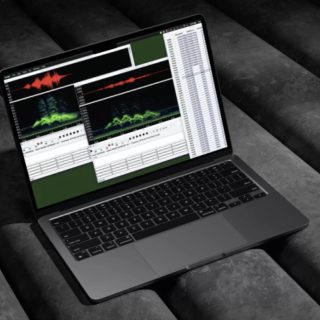All product user guides can now be found at our brand new Knowledge Base.
Animal Behavior Studies
Study animal behavior and communication in different situations and environments, individually or as a community
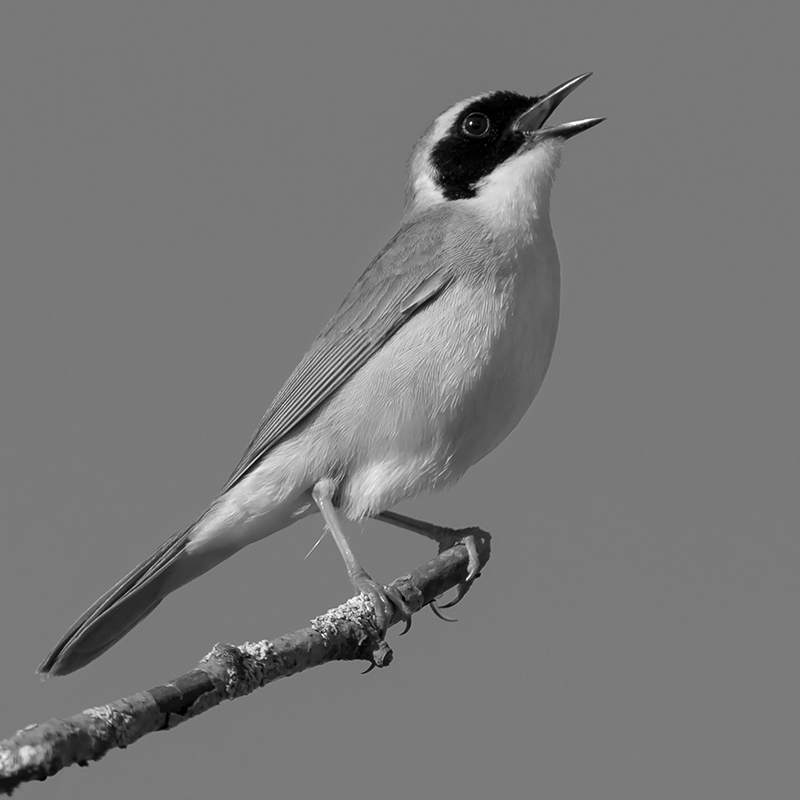
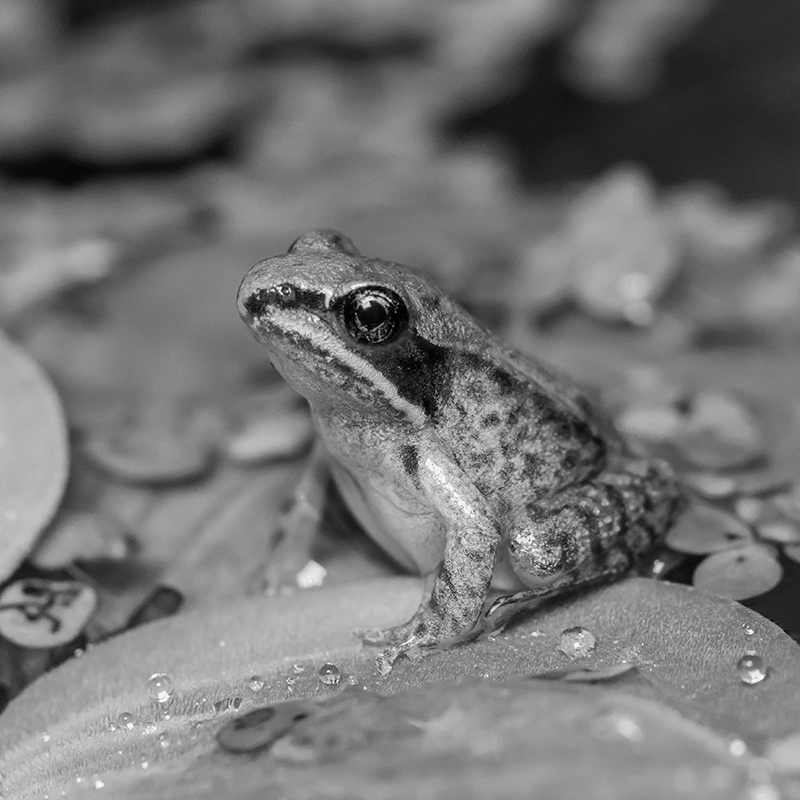
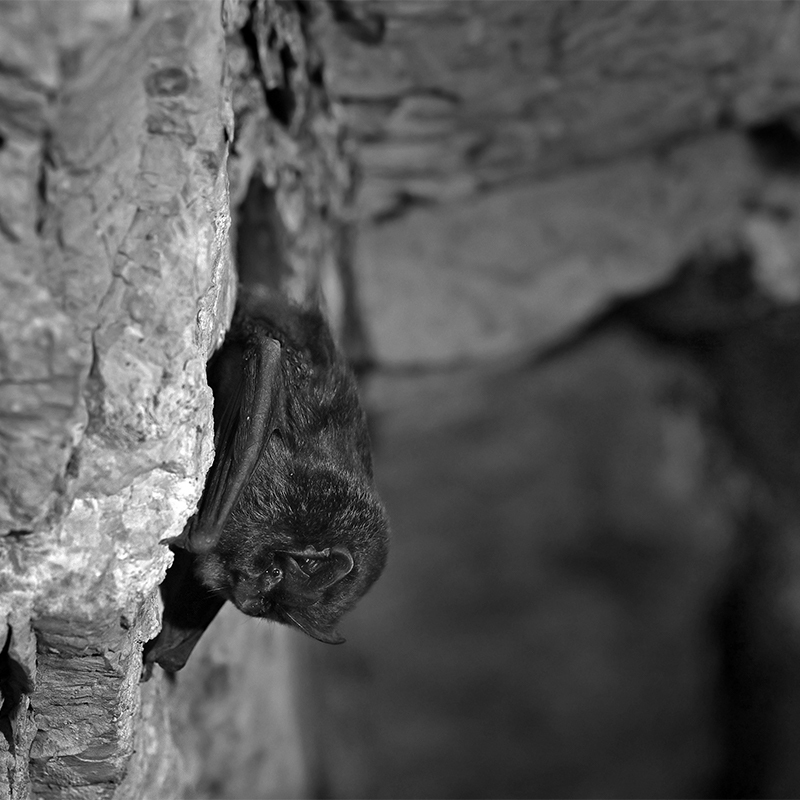
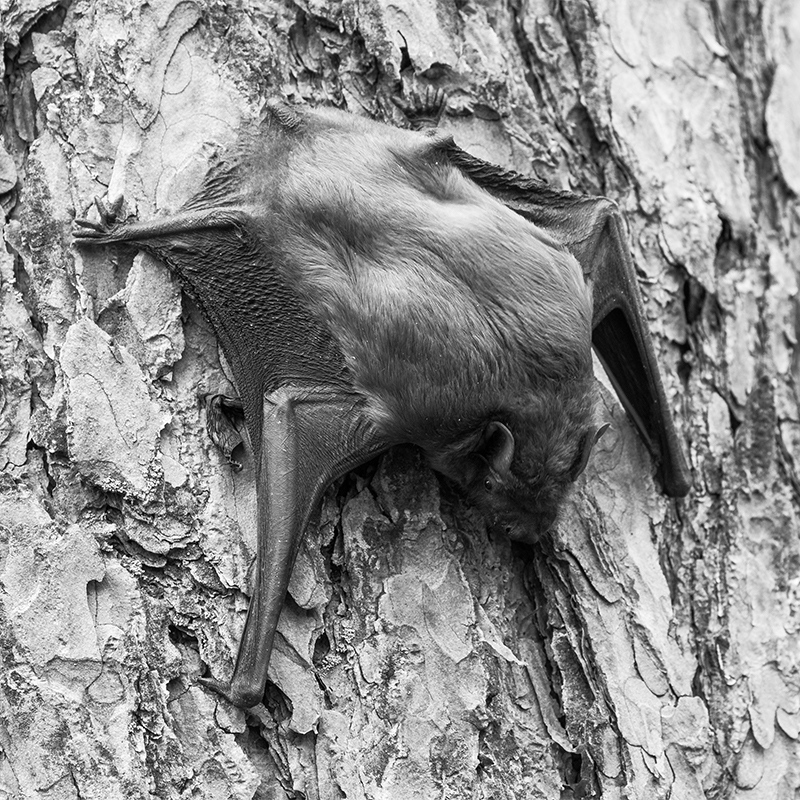
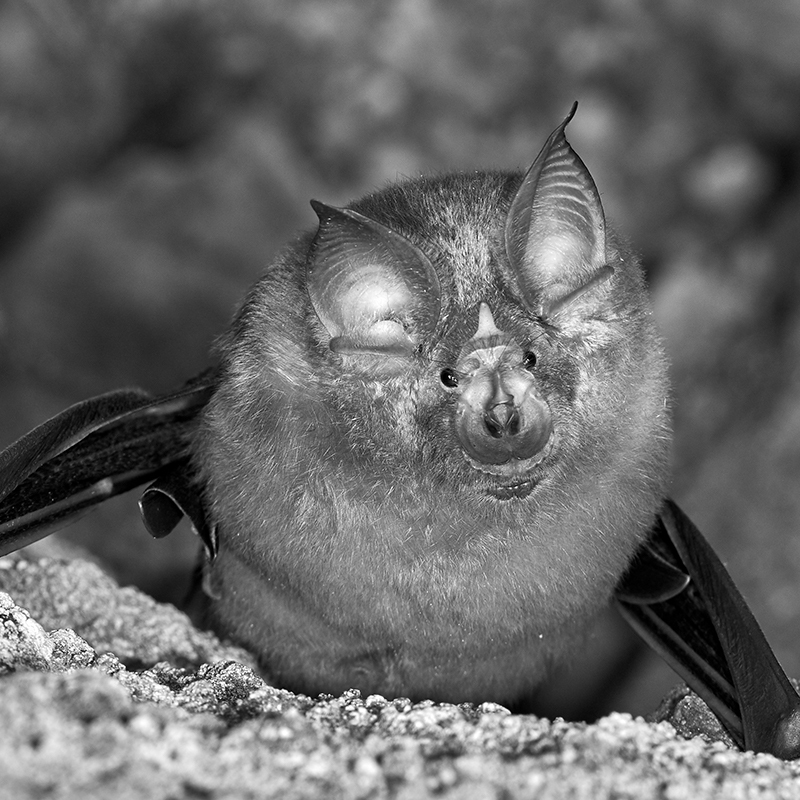

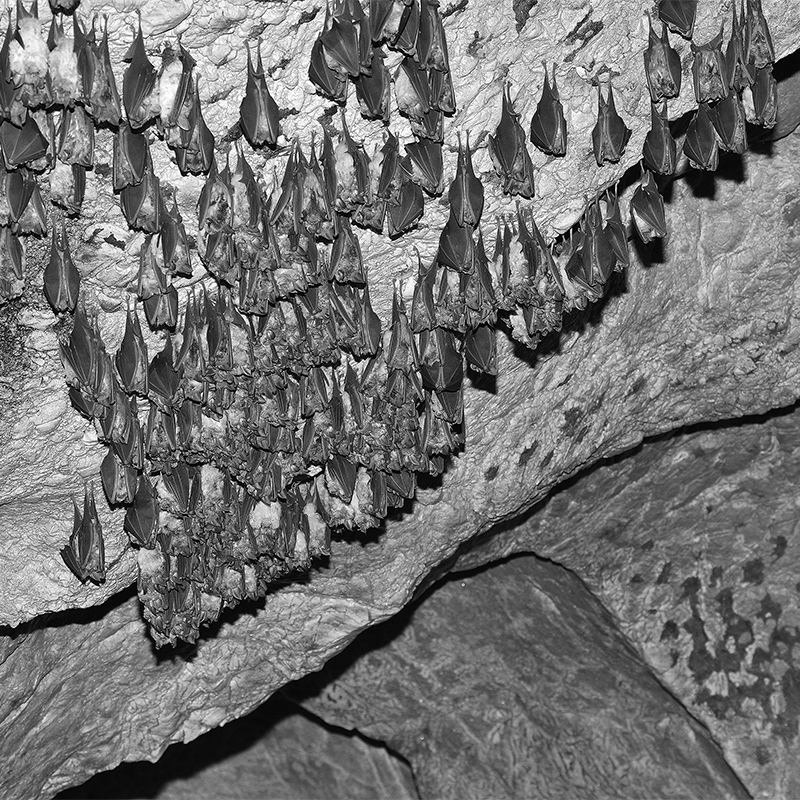
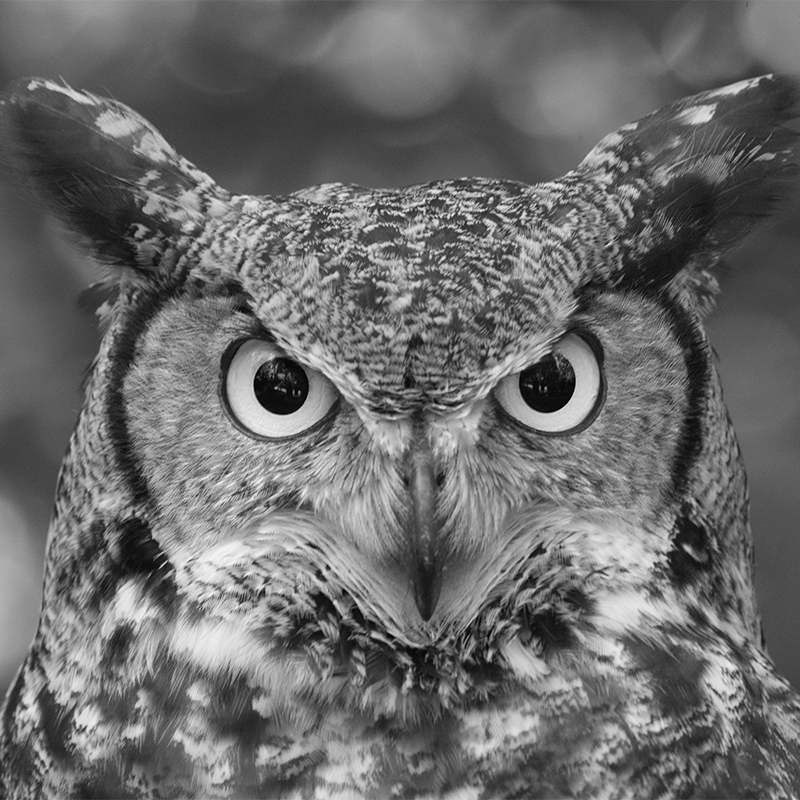
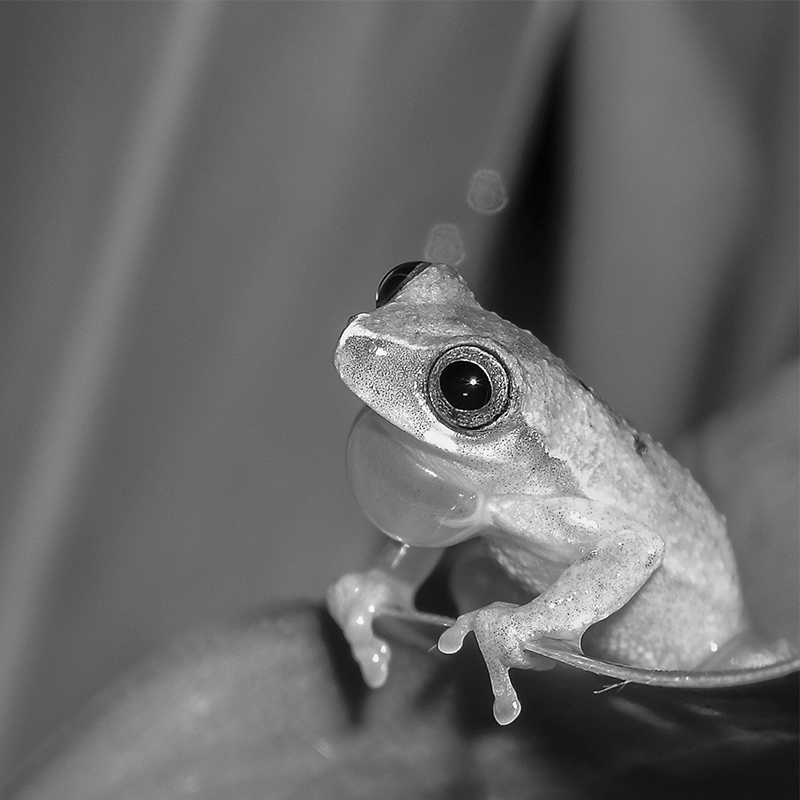
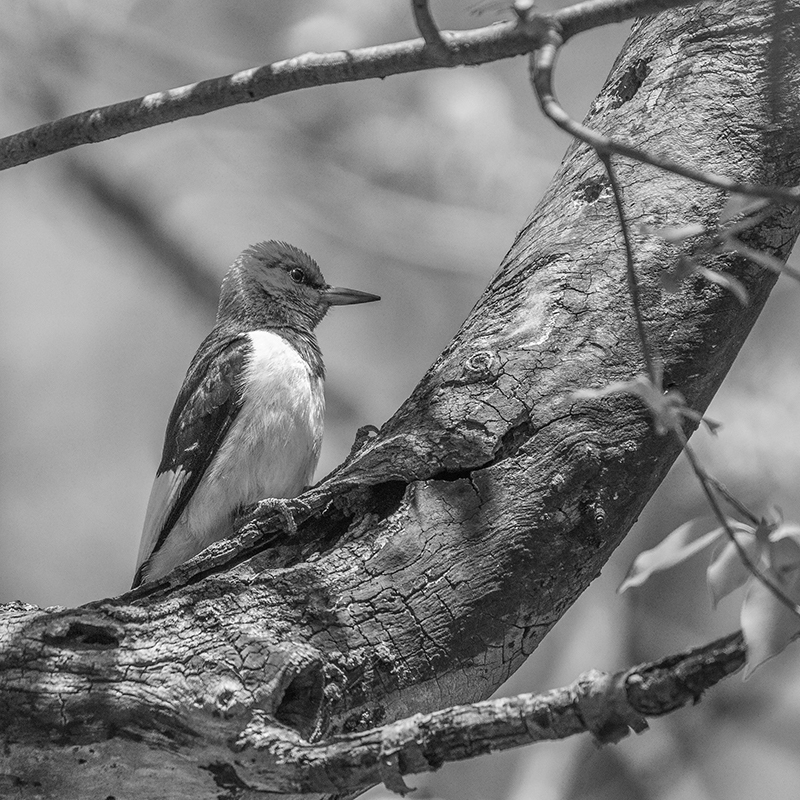
Challenges of Manual Data Collection When Studying Animal Behavior in a Natural Habitat
Habitat Disturbance
No matter how unintrusive, researchers may inadvertently influence the environment which they are studying. Human presence may cause animals to retreat or alter their communication networks and trapping methods may be detectable by target species, influencing survey findings.
Observer Bias
Manual data collection relies too heavily on chance. In other words, data is limited by what can be observed by an individual – lacking true objectivity and increasing risk for errors in data.
Restricted Monitoring
Manually monitoring nocturnal wildlife may be difficult due to lack of cues for estimating distances and risks associated with operating in the dark. Likewise, monitoring sites that are tricky to access, or where visual detection is reduced (e.g., areas of heavily dense vegetation like rainforests), is also difficult when collecting data manually.
Additional Resources
How Bioacoustics Tools Solve These Challenges
Long-Term Wildlife Monitoring
Acoustics recorders can be scheduled to run for extended periods of time – providing permanent records of animal vocalizations. Additionally, passive acoustics allows researchers to monitor several sites at the same time. These records can be objectively analyzed and referenced as necessary to study animal behavior over time.
Reduced Costs
While it would be expensive, and virtually impossible, to manually monitor numerous sites at the same time, acoustic recordings are a cost-effective way to simultaneously gather data from multiple sites.
Data Insights
Vocalizations can serve as behavioral indicators that provide insight into animal populations and their conservation.
Minimal Human Disturbance on Habitat
Without human presence, it’s possible to record real habitat conditions with minimal disturbance. In addition to gathering reliable data, unattended recorders also provide a greater chance of capturing shy and elusive species along with rare or cryptic behaviors.
Objectivity
Sound recordings allow for repeated listening by multiple experts, enabling data to be scrutinized objectively. Additionally, acoustics recorders offer a greater degree of standardization in data collection because they mitigate the risk of different observer abilities.
Flexibility
Recorders can be left and retrieved at any time of day, making data collection more flexible and allowing researchers to devote more time to other projects.
Safety
When monitoring nocturnal wildlife, acoustics recorders can be deployed during the day in areas that are difficult or dangerous to access. This helps researchers avoid the risks of manually collecting data at night.
Suggested Products

Song Meter SM4 Acoustic Recorder
